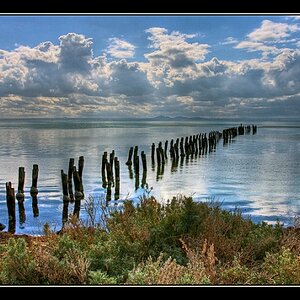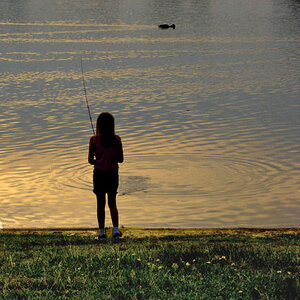gossamer
TPF Noob!
- Joined
- Dec 24, 2013
- Messages
- 234
- Reaction score
- 23
- Location
- New Jersey
- Can others edit my Photos
- Photos OK to edit
Hi, I have a D500 with a 24-70mm f/2.8 VRII and I have an opportunity to take pictures of a woman doing yoga poses on a pier off the shore of a small lake. I normally use matrix metering, but it's possible I'll be shooting into the sun, so wanted to make sure I chose the proper metering method.
Would spot metering be preferred in this situation? Maybe center-weighted?
The shoot is at 10:30am and will probably be a bright, sunny day with the sun facing me.
I'd like to use natural light, but I'm concerned about shadows. I'll also bring my XPLOR 600 strobe. I also have an SB700 hotshoe flash.
I believe this is a picture of the area I'll have access to shoot.
Would spot metering be preferred in this situation? Maybe center-weighted?
The shoot is at 10:30am and will probably be a bright, sunny day with the sun facing me.
I'd like to use natural light, but I'm concerned about shadows. I'll also bring my XPLOR 600 strobe. I also have an SB700 hotshoe flash.
I believe this is a picture of the area I'll have access to shoot.


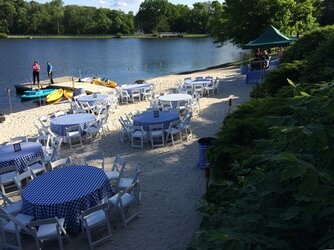



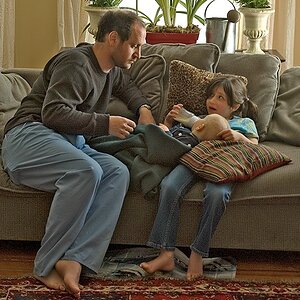
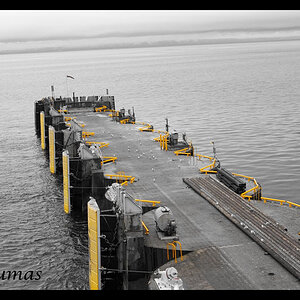
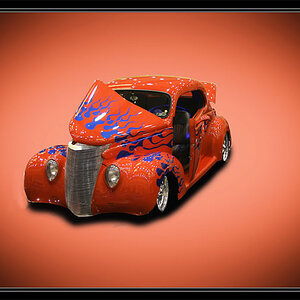
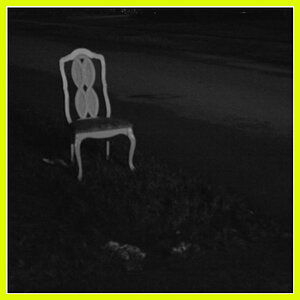
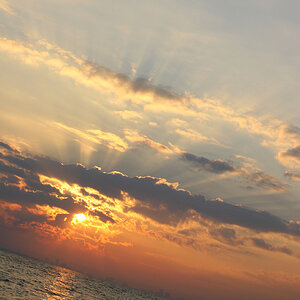

![[No title]](/data/xfmg/thumbnail/42/42059-61b97bbebb00e6276672551f4e3b3e43.jpg?1619739995)
![[No title]](/data/xfmg/thumbnail/42/42061-9f4eb186c434652d6587c8bcdde59502.jpg?1619739997)

